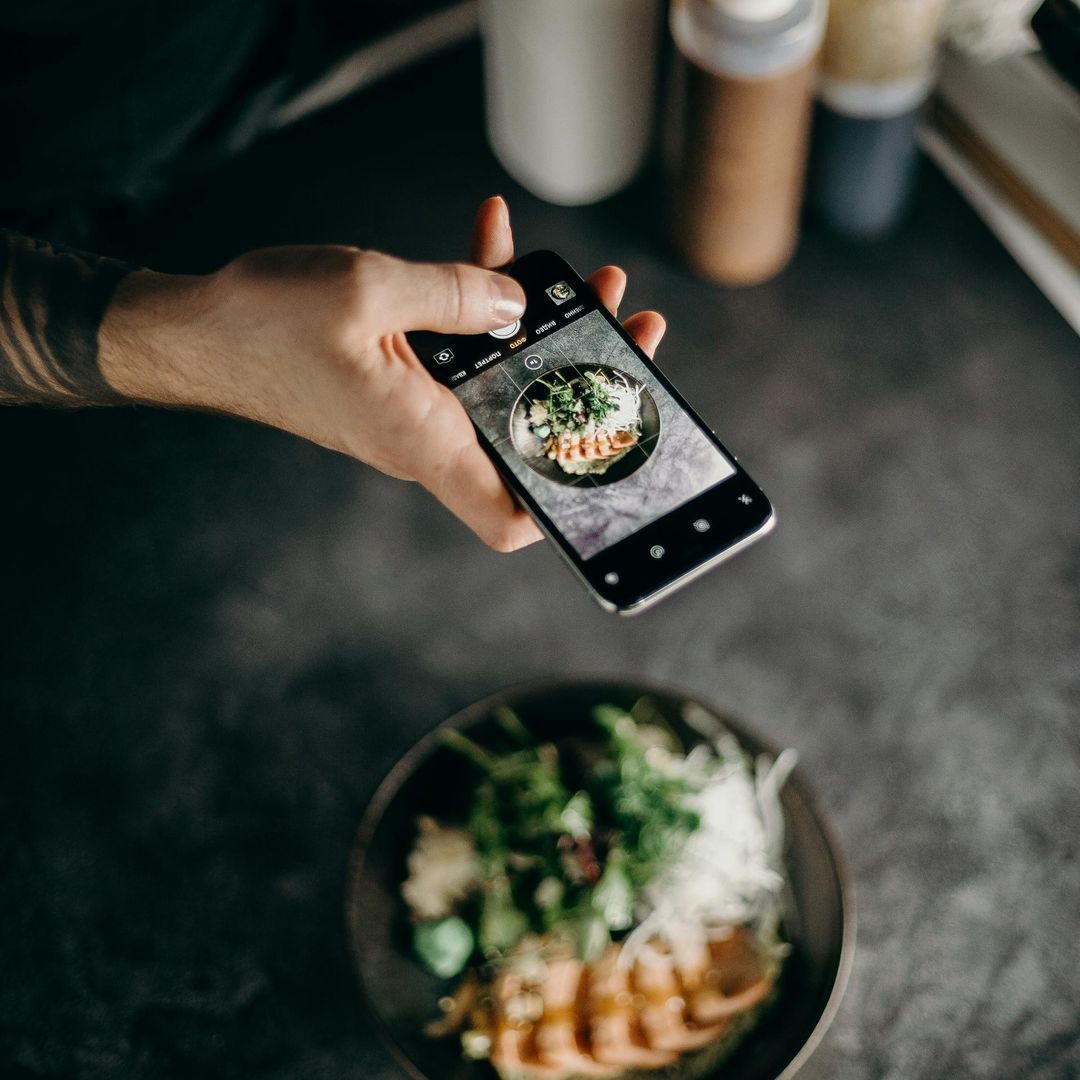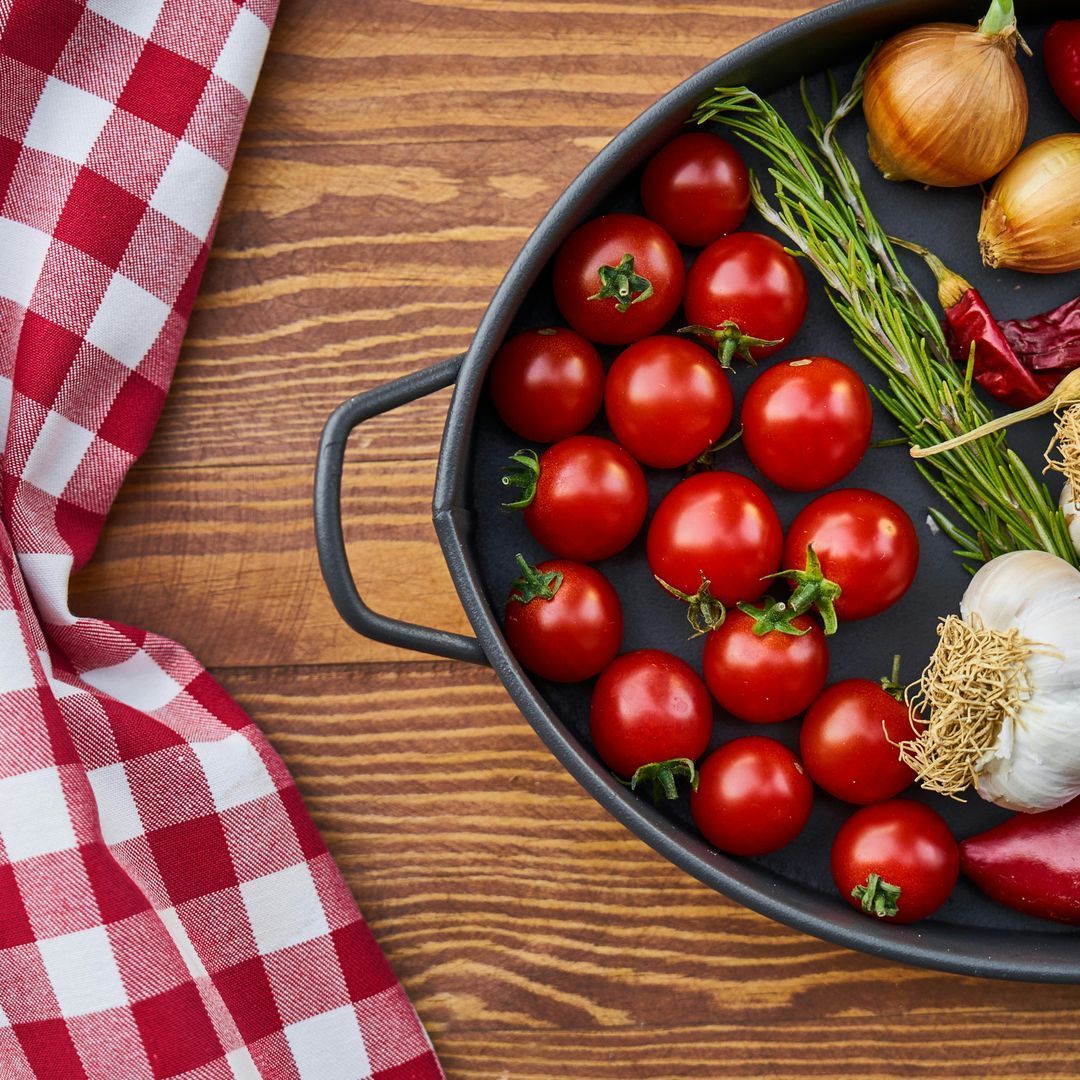The role of social media in the world of gastronomy: digital revolution and new perspectives

Over the past decade, social media has radically transformed the global food landscape. Instagram, Facebook, TikTok, and YouTube are not just sharing platforms, but true hubs for culinary inspiration, marketing, and interaction between food enthusiasts and industry professionals. Food has become a visual and shared experience, where presentation is as important as taste. But what is the true impact of this digital revolution?
Food as a Visual Experience: The Era of Instagram and TikTok
The rise of visually-centric platforms like Instagram and TikTok has brought food to the forefront. Dishes are no longer just prepared to be enjoyed, but also to be photographed and shared.
Aesthetics of the plate

A dishs Instagrammability is now a key criterion for many restaurateurs. From the composition of ingredients to the choice of plates and lighting, every detail is designed to create captivating images.
Viral Trends
TikTok challenges, like pancake art recipes or the famous feta pasta, have brought unfamiliar dishes to the forefront, demonstrating the power of social media to shape new culinary trends.
Impact on consumers
A 2021 study (Journal of Food Studies) found that 49% of people choose a restaurant based on photos seen online, demonstrating how aesthetics influence decisions.
Social media as a showcase for chefs and restaurants
Social media has democratized access to fame for chefs and restaurants, breaking down traditional barriers in the food world.
Chefs as influencers

Renowned chefs like Massimo Bottura and Gordon Ramsay use social media to showcase not only their dishes, but also their personalities, creating a more direct connection with the public.
Virtual restaurants
The pandemic has accelerated the trend for restaurants to use Instagram and Facebook to promote menus, special events, and even online orders. Many emerging businesses, without large advertising budgets, have found social media to be a cost-effective and effective way to get their name out there.
The birth of food communities
Social media has given rise to online communities of food enthusiasts, creating spaces for sharing and learning.
Hashtags and groups
Hashtags like #FoodLover or #HomemadeCooking aggregate millions of posts, while Facebook groups dedicated to specific types of cuisine (e.g., vegan, regional, or ethnic) encourage the exchange of recipes and advice.
App as an aggregation tool
Apps like Gourmet, which integrate social media and recipe sharing, were born precisely to satisfy the need for connection and exchange in the gastronomic world.
Direct interaction
Social media has eliminated barriers between consumers and producers, enabling direct conversations with chefs, bloggers, and other enthusiasts.
The role of food blogging and content marketing

Food bloggers and culinary content creators play a central role in shaping the relationship between food and social media. Recipes and tutorials: YouTube has become the go-to place for those looking for cooking tutorials, while Instagram and Pinterest are ideal for quick inspiration. Brand partnerships: Food influencers collaborate with food brands to promote products, helping to create consumer trends. Micro-influencers: Not only big names, but also smaller accounts with specific niches (e.g., gluten-free cooking, regional recipes) have a strong impact on their audiences, thanks to their authenticity.
New technologies and food experiences: augmented reality and interactive videos
Emerging technologies are pushing the boundaries between real and digital in the world of gastronomy. Augmented reality (AR): Some restaurants are using AR to show how a dish will look before its served, enhancing the customer experience. Interactive videos: On platforms like YouTube, interactive videos allow users to follow a recipe step-by-step, customizing ingredients and cooking times. Live cooking streaming: Live streams on Twitch or Instagram are becoming popular among chefs, who can cook live and answer questions from the audience.
Challenges and critical issues
Despite its many benefits, the relationship between social media and gastronomy is not without its challenges. Aesthetic pressure: The emphasis on appearance can lead to dishes that sacrifice taste for aesthetics. Misinformation: Certain food trends, such as extreme diets or unsafe recipes, can spread rapidly, creating culinary myths. Sustainability: The excessive promotion of exotic or rare ingredients can negatively impact the environment, encouraging unsustainable farming practices.
Conclusion
Social media has revolutionized the world of gastronomy, transforming food into a visual, shared, and connected experience. However, this revolution brings with it ethical and cultural challenges that require a critical and informed approach. As food becomes increasingly digital, it is essential to remember its fundamental role: bringing people together through flavor and conviviality. Social media can be a powerful tool, but it must be used creatively and responsibly to enhance food in all its forms.

lillo95
Data di inserimento 28 nov 2024
Report article


Comments
There are no comments yet.